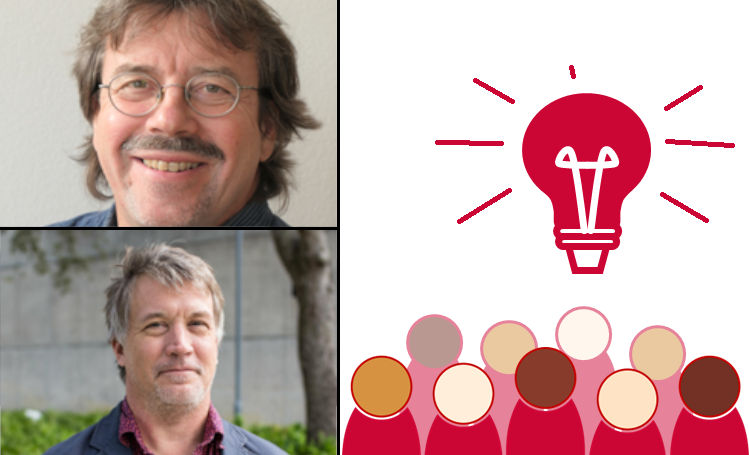

On June 7, 2024, the HYP*MOL Colloquium will take place in Leipzig with a double presentation. At 1 pm, Prof. Dr. Daniel Häußinger (Department of Chemistry, University of Basel) will speak about lanthanoid tags and their path from intrinsic susceptibility tensors to applications, followed at 2 pm by John Berry (Department of Chemistry and Biochemistry, Institute of Environment, Florida International University, Miami) with “A New ‘Spin’ on Zebrafish: Application of NMR Techniques for Environmental Toxicology”. Coffee and sandwiches will be available from 12 noon. Everyone is welcome!
Lanthanoid chelating tags (LCTs) can be conjugated to biomacromolecules like proteins, nucleic acids or carbohydrates. Their strongly anisotropic paramagnetic susceptibility tensors lead to long range pseudocontact shifts (PCSs) in NMR spectra. We have designed and synthesized a variety of LCTs and exploit their properties to study the structures, dynamics and interactions of biomacromolecules in solution. The unique features of PCSs are their long range in the order of 100 Å, the precise three-dimensional information that is obtained and their applicability to large proteins exceeding 100 kDa, by using sensitive and straightforward HSQC type experiments.
Zebrafish (Danio rerio) and, in particular, early life stages (e.g., embryos, larvae) of the species have emerged over the past several decades as an important vertebrate model in a wide range of fields. Research in my group has specifically developed early life stages of zebrafish as both a model system, and relevant ecological receptor, to understand environmental toxicants ranging from biotoxins (e.g., algal toxins, mycotoxins) to anthropogenic pollutants (e.g., PFAS) in relation to human, animal and ecosystem health. Most recently this research has focused on the adaptation of nuclear magnetic resonance techniques including, in particular, high-resolution magic angle spin (HRMAS) NMR to elucidate the metabolic pathways and processes underlying toxicity toward developing integrated systems-level models, and identifying potential biomarkers of these toxicants. Aspects of this research, along with planned next-generation studies employing hyperpolarization techniques, will be discussed.
The lectures will take place in the great lecture hall of the Faculty of Chemistry and Mineralogy.